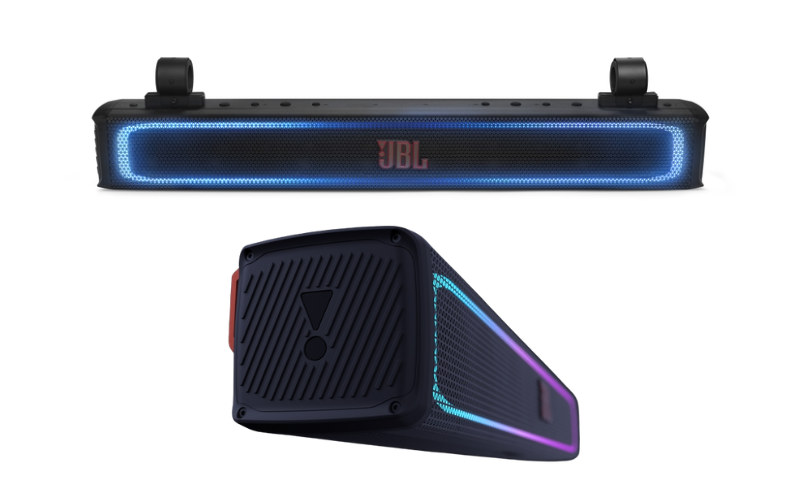
GfK: opportunities lie in new technologies
Offering affordable premium items can stimulate consumption and reduce repressed demand for consumer electronics categories.
by Leda Cavancanti
This is a challenging year in stimulating demand, as there is less capacity to finance consumers, but there are also opportunities, says Fernando Baialuna, consulting director at GfK Latam. “They are in innovations and technological upgrades for the introduction of new technologies such as 5G, for example.”
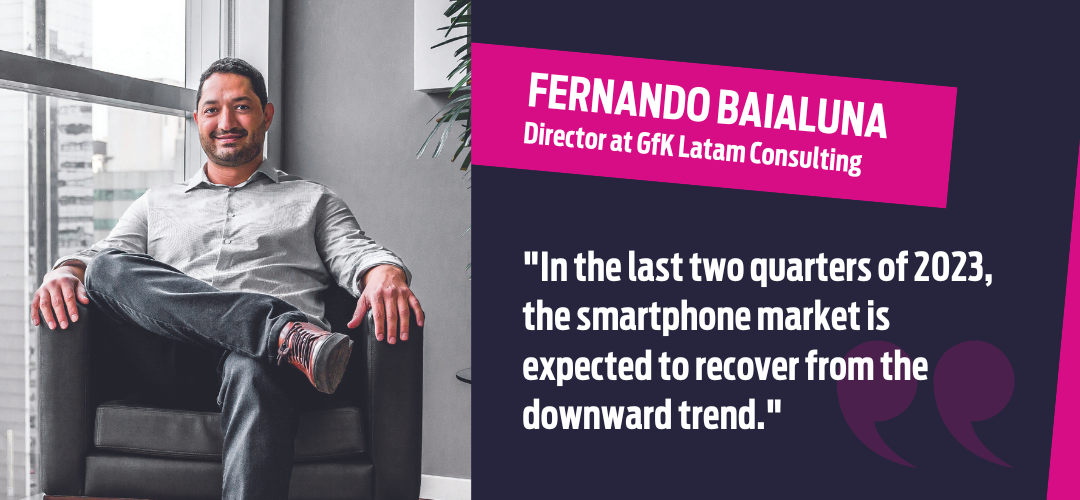
Air fryers, one of the best-selling products in recent times, continue in the pre-premiumization process. The same occurs with the offer of affordable premium items, which can undoubtedly stimulate consumption and reduce part of the repressed demand for some electronics categories.
In the last two quarters of 2023, the smartphone market is also expected to recover from the downward trend. “The year is still an open question, it depends on some political and macroeconomic decisions, but the worst moment is over. Categories such as notebooks should remain stable compared to 2022, while televisions and small appliances continue to grow”, says Fernando.
Sustainable brands
Although the new generations want companies to adopt an attitude linked to the ESG concept, valuing sustainable brands, to the point of paying the price for the cause, is still not a reality for the Brazilian consumer, both in electronics and in other retail segments.
“This is because the level of awareness regarding sustainability still comes up against the need of the poorest to comply with other issues and basic requirements. There is a range of needs. First, it is necessary to have access to new products or exchange existing ones for more economical ones, before greater awareness or sophistication”, says Fernando.
GfK data demonstrate a reduction in consumer preference in choosing a brand for explicitly supporting a cause, considering this attribute as decisive in the purchase process. Below, the percentage of consumers who declare their purchase decision for a brand when it supports a cause.
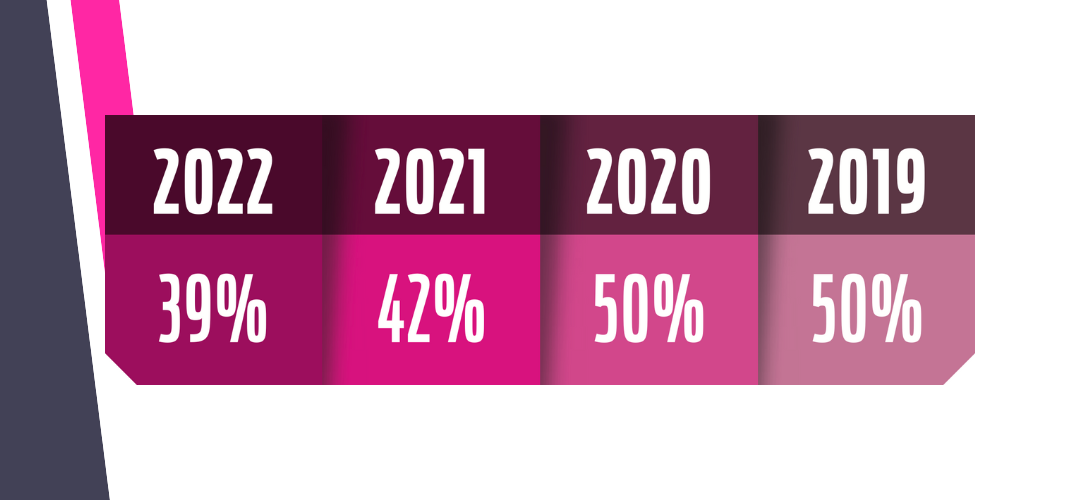
There has also been a decrease in the responsibility that consumers place on brands to be environmentally responsible.
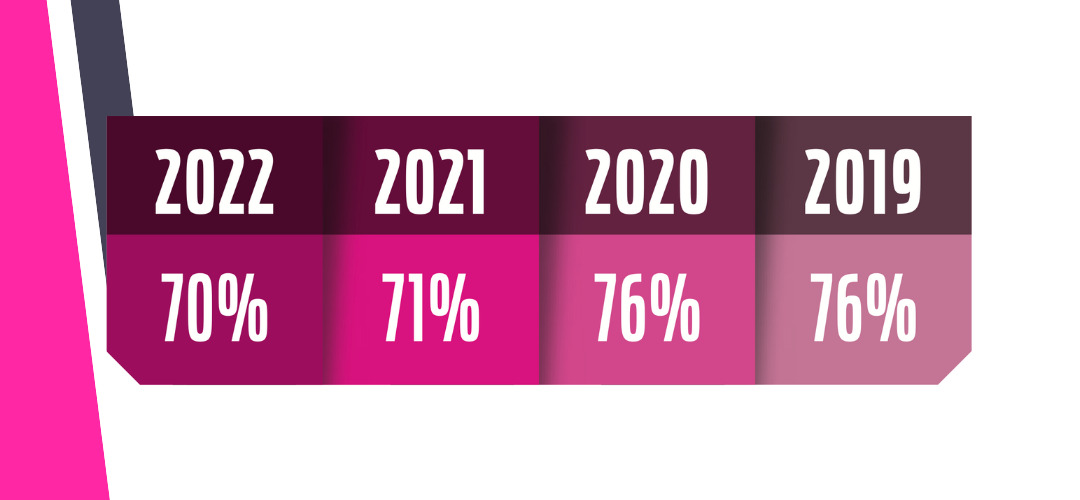
In the imagination, few consumers link image and sustainability to brands and, therefore, it is not the determining attribute in the purchase decision. “Companies are still taking the initial steps in the process of sustainable end-to-end production. In practice, we observed an awareness for action, but that still requires investment and development in the production and distribution chain, as well as clearer and more effective communication with the consumer”, explains Baialuna.
Consumption in the first months of 2023
Compared to the same period in 2022, the market had a 2.8% drop in total revenue, driven by the sharp decline in smartphone sales. Sales in units and billing decreased, which contributed negatively to retail in general. The other categories were stable or had low declines.
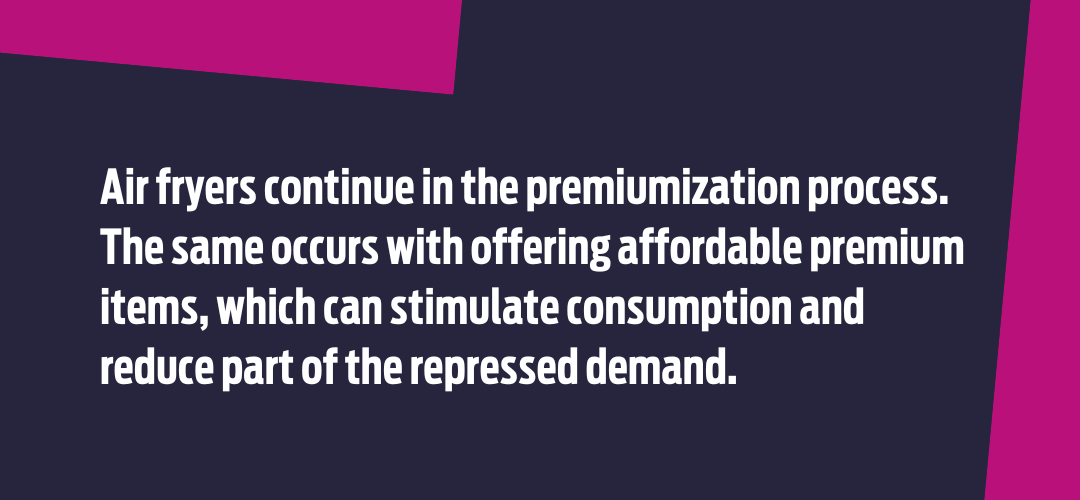
In May, Mother’s Day was an important period of seasonality for the smartphone category, as it brought positive volume and revenue compared to last year’s base, but it was not enough to reduce the category’s market decline (minus 17 % in units).
Desktops had an increase in sales, and notebooks reduced the drop. The lines of electronics and small appliances, in general, gained participation in revenue. “The physical stores gained in the sale of electronics, laptops and white goods, which was expected with their reopening, and thus boosted the channel’s revenue”, says Fernando.
In telecom, premium products grew against the grain of the market, says the director at GfK Latam. “Intermediate devices today are more expensive than three years ago but deliver better quality. Consumers understand the moment of the category and, in their exchange, tend to pay more for the upgrade. Not all categories follow the same flow, but it is something interesting to point out.”

Source: Eletrolar News – Ed. #155




